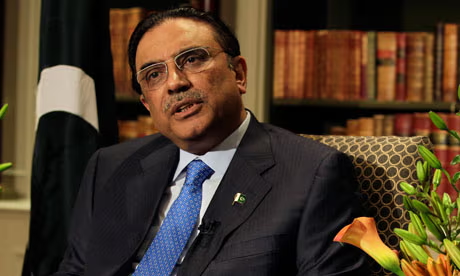International Monetary Fund (IMF) has introduced two crucial structural benchmarks (SBs) for the Stand-By Arrangement (SBA) in [Country]. These benchmarks include the notification of the December 2023 semi-annual gas tariff adjustment determination and the development of a plan to fortify internal control systems in lending operations.
The country report, titled “First Review under the Stand-by Arrangement,” outlines the proposed benchmarks, with specific deadlines. The first benchmark, involving the gas tariff adjustment determination, is slated for February 15, 2024, while the second benchmark mandates the State Bank of [Country] (SBP) to strengthen internal control systems by March 8, 2024, aligning with recommendations from the 2023 Safeguards Assessment.
The report highlights the successful accomplishment of benchmarks related to the notification of the fiscal year 2024 annual rebasing and the compilation and dissemination of quarterly national accounts. However, it notes a lapse in the continuous benchmark concerning the average premium between the interbank and open market exchange rate, attributed to speculative activities and illegal trading from mid-August to early September. The deviation was from the stipulated limit of 1.25 percent during any consecutive five-business day period.
Structural reforms in the EC sector are anticipated to enhance governance and transparency, mitigating the risk of future deviations. The report emphasizes the need to improve state-owned enterprise (SOE) governance and highlights progress made towards this goal. The operationalization of the recently approved SOE law and significant progress in amending the Acts of four selected SOEs were achieved by end-November. However, the final amendments remain pending, expected to be completed through updated ordinances and/or parliamentary adoption.
While the authorities successfully met three Indicative Targets (ITs) by end-September, including net tax revenue, budgetary health and education spending, and the ceiling on net accumulation of tax refund arrears, they fell short on the IT related to power sector payment arrears. This shortfall was primarily attributed to under-recoveries in August and a lower-than-anticipated tariff set during the annual rebasing.
By the end of September 2023, the authorities met six quantitative Performance Criteria (PCs), including those related to net international reserves, targeted cash transfers spending, and ceilings on various financial indicators. However, a slight deviation from the ceiling on the general government primary budget deficit was noted, primarily attributed to technical factors such as the exchange rate valuation of external financing flows.




